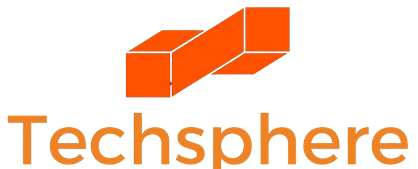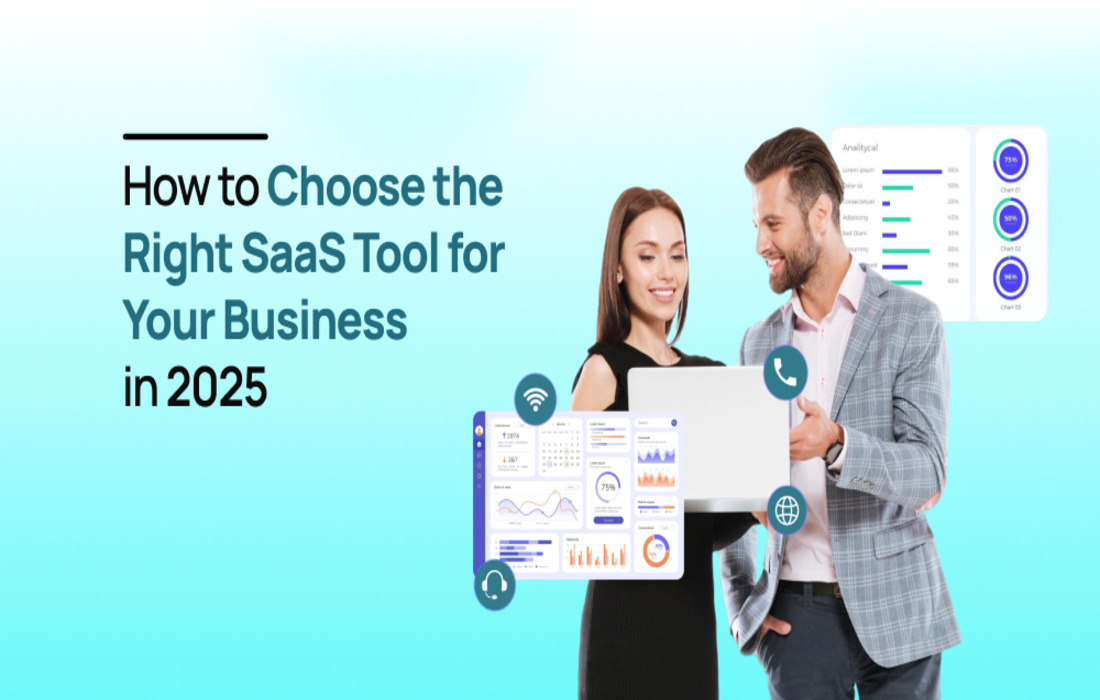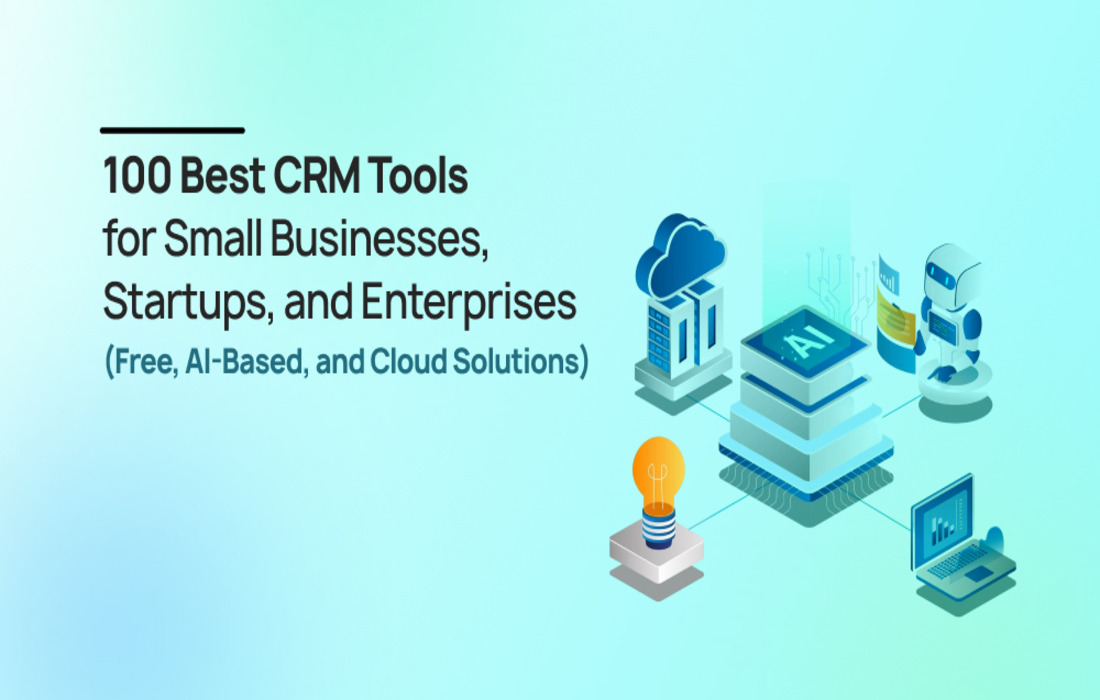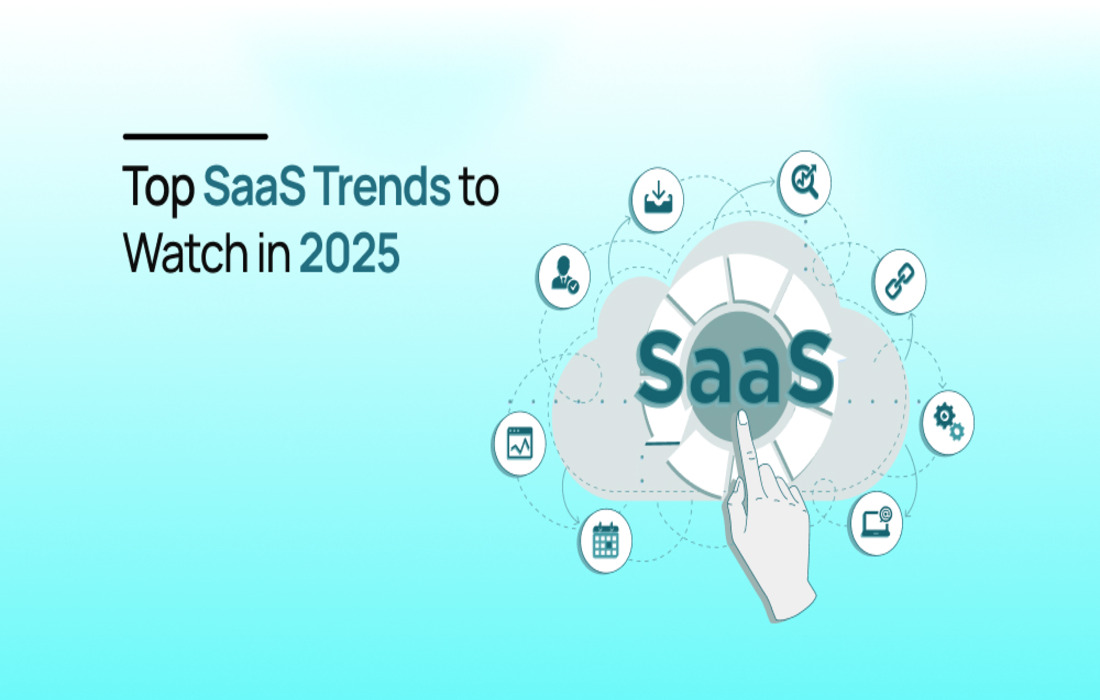In today’s digital-first economy, selecting the right SaaS tool can make or break business efficiency, team collaboration, and overall growth. With thousands of options available—from niche productivity apps to comprehensive enterprise platforms—the challenge isn’t a lack of choices, but making the right choice.
This guide will walk you through how to choose the best SaaS tools for your business in 2025, whether you’re a startup founder, an IT manager, or a growing enterprise looking to streamline operations.
Why Choosing the Right SaaS Tool Matters
Cloud-based software has evolved into the backbone of modern business operations. From customer relationship management (CRM) systems to collaborative project management tools, SaaS products drive productivity, data-driven decision-making, and scalability.
Making a wrong decision can lead to:
- Poor team adoption and wasted training time
- Hidden costs due to inflexible pricing or usage overages
- Integration headaches
- Security or compliance risks
That’s why it’s essential to take a structured, informed approach to software selection.
Step 1: Define Your Business Needs and Goals
Before looking at any tools, you need a clear understanding of why you need one. Ask the following:
- What specific pain points are we solving?
- What are our short- and long-term goals?
- Who will use the tool (e.g., marketing, operations, engineering)?
- What is our monthly or annual budget?
Pro Tip: Break down your needs into “must-haves,” “nice-to-haves,” and “deal-breakers.”
Common Business Objectives for SaaS Tools
| Objective | Example SaaS Tools |
| Improve team collaboration | Slack, Microsoft Teams |
| Automate marketing efforts | HubSpot, Mailchimp |
| Centralize documentation | Notion, Confluence |
| Manage customer support | Zendesk, Freshdesk |
| Enhance sales productivity | Salesforce, Pipedrive |
Step 2: Research the Market Thoroughly
With your needs clearly defined, begin researching available solutions. Consider these factors:
Product Fit and Usability
- Is the user interface intuitive?
- Does it support mobile or offline access?
- Can it scale as your team grows?
Reviews and Ratings
- Check third-party review platforms like G2, Capterra, or TrustRadius.
- Look for patterns in feedback related to customer service, uptime, and usability.
Expert and Peer Recommendations
- Ask industry peers or professional forums what they use and why.
- Read comparison blogs and technical reviews (but avoid content that pushes affiliate links).
Note: Prioritize first-hand experience and context over flashy marketing claims.
Step 3: Evaluate Security, Compliance, and Data Ownership
As data privacy becomes a global concern, your SaaS provider must demonstrate robust security practices.
Key Security Questions to Ask:
- Is the data encrypted at rest and in transit?
- Are they compliant with regulations like GDPR, HIPAA, or SOC 2?
- Who owns the data if we cancel the subscription?
- What is the provider’s uptime and disaster recovery policy?
Bonus: Look for transparency in their security documentation or a published trust center.
Step 4: Analyze Integration and Ecosystem Compatibility
No tool operates in a vacuum. You’ll want a solution that plays nicely with your existing tech stack.
Integration Checklist:
- Does it offer native integrations with tools you already use?
- Are there APIs or third-party connectors like Zapier?
- Can it sync data in real-time or on a schedule?
- Does it support single sign-on (SSO) and user provisioning?
Example: Notion now integrates natively with Slack and Jira, which helps avoid redundant tasks and improves team transparency.
Step 5: Test Before You Commit
Most SaaS providers offer free trials or freemium plans. Use this time to involve your actual users in the evaluation process.
During the Trial, Test For:
- Real-world use cases and workflows
- Performance under load (for data-heavy tools)
- Mobile usability
- Ease of onboarding and support documentation
Also, schedule a demo session with the vendor. This helps clarify complex features and support capabilities.
Step 6: Evaluate Pricing Beyond the Surface
Don’t just look at the monthly price tag. SaaS pricing can be deceptively complex.
Pricing Factors to Consider:
- Seat/user-based pricing vs. usage-based
- Cost for premium support or SLAs
- Long-term contracts vs. monthly billing
- Overages or hidden fees
| Plan Type | Pros | Cons |
|——————|———————————-|——————————-|
| Monthly Billing | Flexibility | Higher total cost |
| Annual Contract | Lower cost per user | Less flexible, locked-in |
| Usage-Based | Pay only for what you use | Harder to predict costs |
Step 7: Assess Customer Support and Vendor Reliability
Even the best tools have issues. What matters is how quickly and effectively vendors respond.
Support Features to Look For:
- 24/7 live chat or phone support
- Ticketing system with SLAs
- Comprehensive knowledge base or community
Evaluate Vendor Maturity:
- How long has the company been around?
- Are they financially stable?
- How often do they release new features or security updates?
Red flag: A vendor with no public roadmap or changelog may not be committed to long-term innovation.
Step 8: Make the Decision Collaboratively
Ensure buy-in from stakeholders, especially those who will use the tool daily.
Tips to Ensure Adoption:
- Conduct internal surveys or workshops
- Choose a small pilot team to champion adoption
- Create documentation or training tailored to your company’s use case
Adoption isn’t just about choosing the right tool—it’s also about enabling people to use it confidently.
Conclusion: Make Smart SaaS Choices in 2025
The right SaaS tool can amplify your productivity, accelerate growth, and streamline operations. But making the right choice in 2025 requires more than checking off feature lists—it demands a balanced, strategic, and informed approach.
To recap:
- Start with your business needs and goals
- Vet tools for usability, integrations, and security
- Pilot before committing
- Choose partners you can trust
Looking to explore SaaS tools tailored to your business goals? Stay tuned to our blog for in-depth reviews, comparison guides, and industry insights to help you stay ahead.
Empower your business with smarter cloud software choices.





